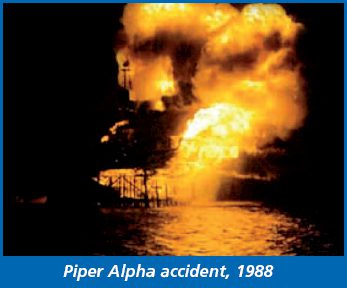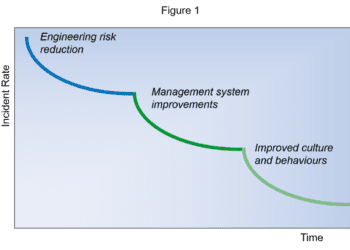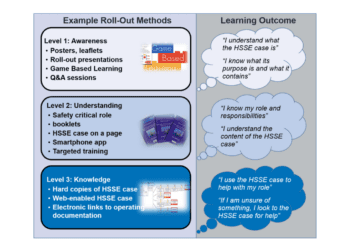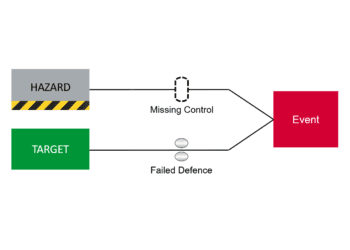Sub-prime safety
LESSONS FROM ANOTHER WORLD
The widely reported ‘sub-prime’ crisis in the financial markets has had global implications. In simple terms, extremely complex and sophisticated financial engineering created an illusion of security [see Fig 1]. In reality, the foundation to this financial engineering was mortgage loans to people in the US with poor credit ratings, seeking to benefit from rising house prices.
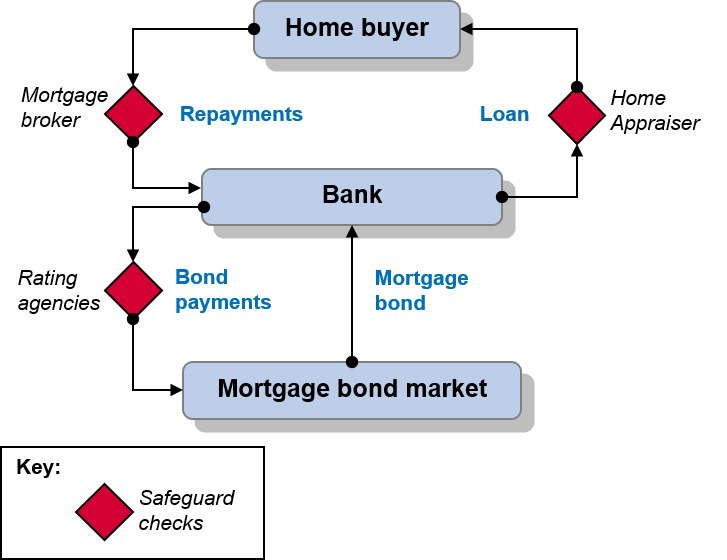
Figure 1 – Sub-prime mortgage model
As house prices in the US stalled and loan repayments rose (after initially attractive repayment periods), numerous mortgage holders defaulted on their loans, precipitating the global credit crisis as banks held onto cash and restricted short term lending.
To what extent can hazardous industries learn lessons and is there the potential for ‘sub-prime safety’?
PARALLEL WORLDS
There are a number of parallels between the financial and industrial worlds, for example:
- Extensive national and international regulation
- Complex processes and systems
- The potential for major consequences should things go wrong
- Many layers of stakeholders and numerous interfaces
- Highly technical language and extensive use of acronyms
- Reliance on the views and opinions of experts
- The overriding need to make a profit
- The potential for seemingly uncorrelated events to combine and escalate
COULD IT HAPPEN HERE?
Major industrial incidents typically accelerate the introduction of improved standards, and may have wider repercussions. For example in the civil nuclear industry the Three Mile Island (1979) and Chernobyl (1986) accidents had a major impact on the worldwide use and regulation of nuclear power generation.
Similarly, the Seveso (1976) and Piper Alpha (1988) accidents had a major impact in the chemical, process and oil & gas industries.
However, despite considerable worldwide initiatives, major accidents are still occurring (for example, Texas City and Buncefield in 2005).
Investigations into the causes of major accidents reveal a variety of influences, many of which are sub-prime in nature [see Box 1]. A consistent finding is that all historical major accidents were inherently preventable.
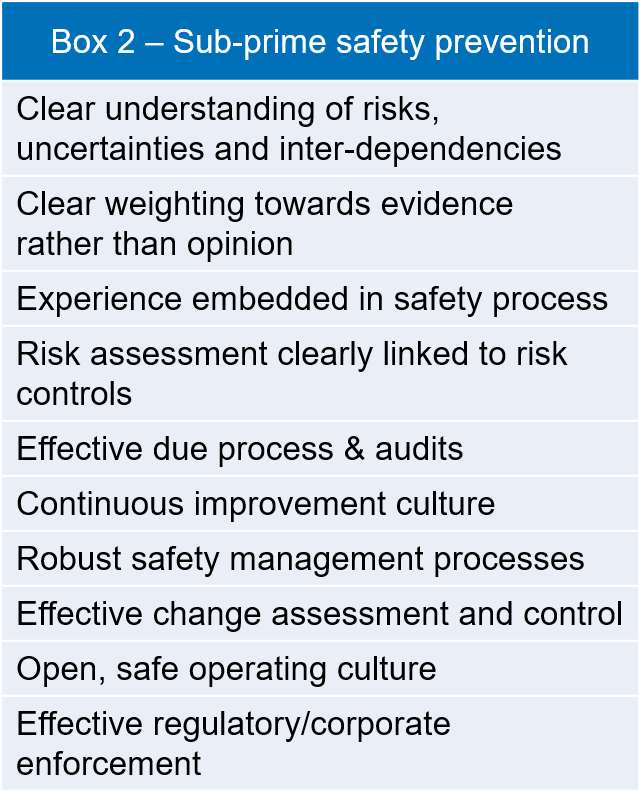
SUB-PRIME PREVENTION
Regulatory and corporate processes are designed to prevent ‘sub-prime safety’, as they mandate extensive review and approval, with supporting independent due process.
To ensure such requirements are effective, strong management commitment to safe operation is required. This commitment must run throughout the planning, design, operational and decommissioning phases, ensuring that safety is not compromised by programme and operational pressures.
A range of safeguards capable of preventing ‘sub-prime safety’ are identified in Box 2.

CONCLUSION
The sub-prime crisis in the financial markets serves as a timely reminder to industry, particularly in the UK with the recent introduction of the Corporate Manslaughter & Corporate Homicide Act.
For complex systems, it can be very difficult to identify and assess the correlation between seemingly unconnected systems, and the potential for small incidents to escalate into major accidents with widespread consequences to the business and society.
The challenge, to all parties involved, is to maintain high professional standards and ensure that operational risks are acknowledged at all levels, and are truly tolerable and as low as reasonably practicable.
This article first appeared in RISKworld Issue 13.

